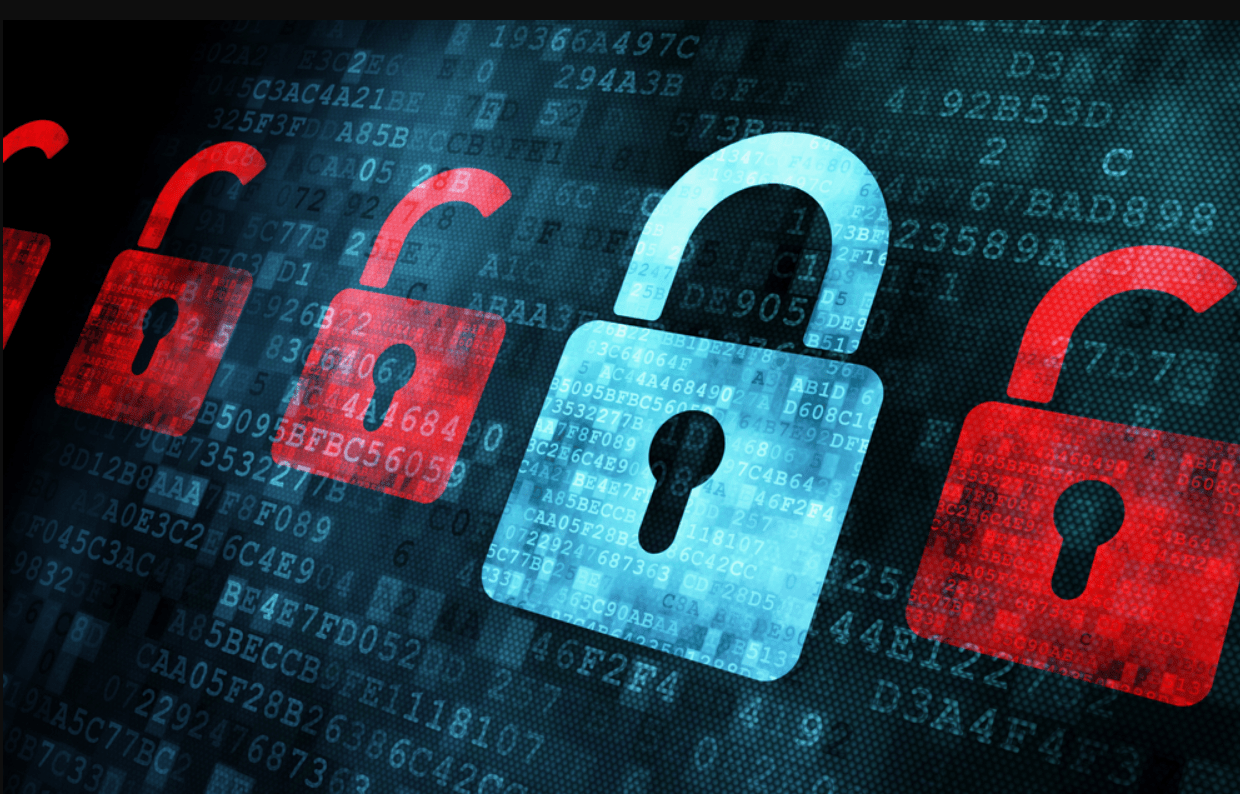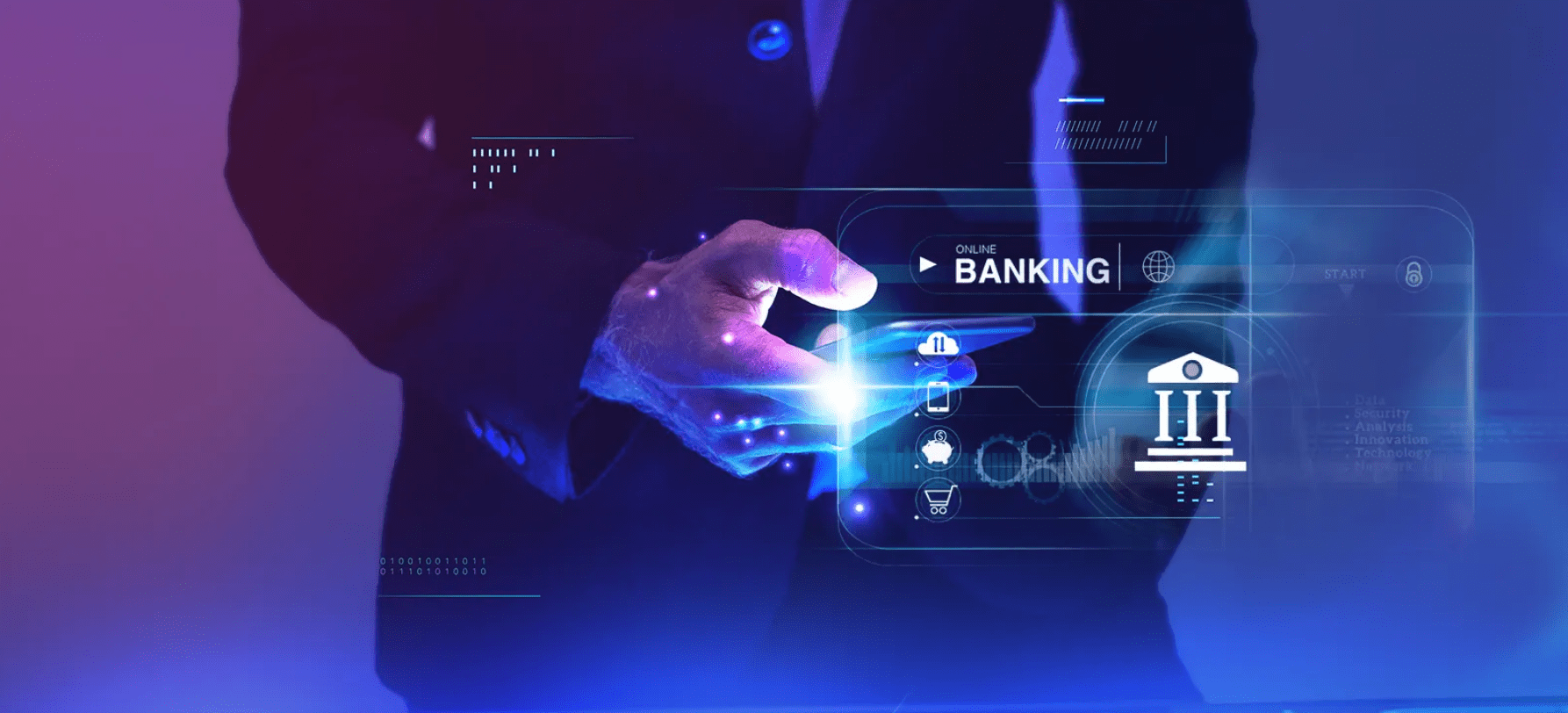What Are The Key Challenges In Modern Banking Security?
Financial institutions are faced with more and more regulatory obligations to ensure the security and integrity of their customers. What are the main security and financial compliance obligations and how can they be implemented?
Unsurprisingly, financial security is the favorite theme that mobilizes all compliance departments around the world, under pressure from states that regularly impose sanctions in this area.
Digital modern banking transformation undoubtedly constitutes the second area of work for compliance officers, with crypto-assets increasingly present in the financial landscape and the need to better understand the inherent risks that come with it.
How Do Cyberattacks Threaten Banking Security?

Customer protection and market integrity are particularly important during a health crisis, which favors scams in company of high market volatility. Theft of personal information is one of the risks associated in this turbulent period.
Cyberattacks can come from internal threats such as insider threats or from outside threats such as hackers aiming to steal information or funds from privae bank accounts. Banks have to deal with all kinds of threats both internal and external to protect the integrity of operations privacy customers data. Banks are taking intensive measures to satisfy those requirements in modern banking.
What Measures Are Banks Taking To Protect Customer Data?
Securing customer data and reducing the environmental footprint are the main challenges of social responsibility. Data security is all the more important as customers increasingly share their data in exchange for personalized services. It is therefore essential to protect this data against cyber attacks.
Regarding the environmental footprint, it must be remembered that the development of digital tools has an environmental cost. Banks must therefore take this environmental dimension into account both in their internal operations and in the offers they offer to their customers.
Banks will typically have to allocate a budget dedicated to changing skills, rethinking their human resources model, and encouraging continuous learning in modern banking.
To succeed in the organizational transformation required by digitalization, banks must align new technologies with the company’s strategy, ensure they have key skills, and define new and continuous management models. They can set up a dedicated department responsible for implementing the strategy and adapting to the digital transformation.
Is Biometric Authentication The Answer To Banking Security?
Iris, voice, face, or fingerprint recognition eliminates the need for the customer to remember password and username combinations. At the same time, these technologies provide more robust protection against fraud and cyber-attacks.
For banks, there is no doubt about the desire for rapid implementation by the public. Based on mobile banking authentication, facial recognition solutions allow customers to authenticate with a selfie and sign banking transactions from their mobile devices.
This image is automatically compared to the photo submitted by the customer when first registering for the service. Fingerprint recognition can alternatively be used and voice recognition should soon arrive. Biometric authentication based on fingerprint recognition is evolving. Indeed, with smartphones most often equipped with cameras and with selfies now part of our daily lives, facial recognition is rapidly gaining momentum.
However, despite the obvious benefits of biometric authentication, when it comes to digital modern banking security, banks will need to have a robust security policy in place, using a multi-layered security process, with a combination of different authentication methods. solid documents adapted to the level of risk and sensitivity of the transaction. In this context, risk-based authentication and behavioral biometrics are emerging as essential tools to help banks achieve these goals.
What Are The Risks Of Insider Threats In Banking?
In the age of millennials, expectations for exceptional digital modern banking and payment experiences are increasing dramatically. At the same time, problems related to hacking and fraud are increasing due to the multiplicity of security breaches. Internal threads are very common and companies had to put in place various security implementation to face those threats.
Data breaches caused by internal threats are one of the most important problems faced by companies in the digital transformation process of the business world. Violations happening due to various vulnerabilities in data security and cyber security systems or conscious or unconscious human errors make it significantly difficult to protect critical data stacks, especially those belonging to companies.
Although most employees within an organization are trustworthy and honest, there may be internal managers, employees, independent contractors, temporary staff, and trusted third parties who may make mistakes. Intentional malice, such as fraud or negligence, can also become a danger as a result of poor procedures and inadequate training.
Frauds cost companies millions of dollars every year. Apart from your employees or people with whom you have a professional relationship, a person who has direct access to your company data is also considered an internal threat. Again, the suppliers and vendors you communicate with due to your business model also stand out among the important sources that may create internal threats.
Pawns as referred to in the fraud sector, constitute one of the internal threat groups, including company employees who are unknowingly manipulated into performing malicious activities that could cause a data breach. They can harm a company’s data security by downloading malware, or they can disclose identity information as a result of phishing and social engineering attacks. Both methods build the foundation of the relationship between the cyber attacker and the pawns. Pawns generally stand out in the category of internal threats in the IT and finance sectors.
How Do Regulatory Changes Impact Banking Security?

Banking regulations are essential to main a stable and secure financial system, protecting consumers from unfair practices, promoting market confidence, and reducing systemic risks. It provides a framework that ensures that banks operate responsibly, minimizing the risks of financial crises and protecting the interests of individuals and society as a whole.
Understanding the importance of modern banking regulations is crucial as it serves to safeguard our financial well-being and the smooth functioning of the economy. Regulators have a crucial role in ensuring consumer safety in financial institutions.
Through their efforts to establish and enforce standards, conduct audits, investigate complaints, educate consumers, and collaborate with other stakeholders, these organizations contribute to a more transparent and equitable financial system. By protecting consumers from predatory practices and fostering trust in the industry, regulators help foster a healthy and secure modern banking environment for everyone.
See you in the next post,
Anil UZUN
